Corn Removal Surgery Miami
Various changes on the feet can drastically impact your everyday life and comfort. Corns are some of the most common things that can occur, and they often require surgical treatment.
Corn removal surgery in Miami is something you will greatly benefit from, but before you decide to undergo this procedure, it would be wise to learn a bit about it. Knowing what to expect from a medical procedure is necessary, so let’s look at the basics of corn removal surgeries.
- Updated on: February 5, 2024
AVERAGE COST
$1,500 per corn
PROCEDURE TIME
20 – 40 Min
BACK TO WORK
1 week
FULL RECOVERY
2 weeks
Book Your Free Consultation
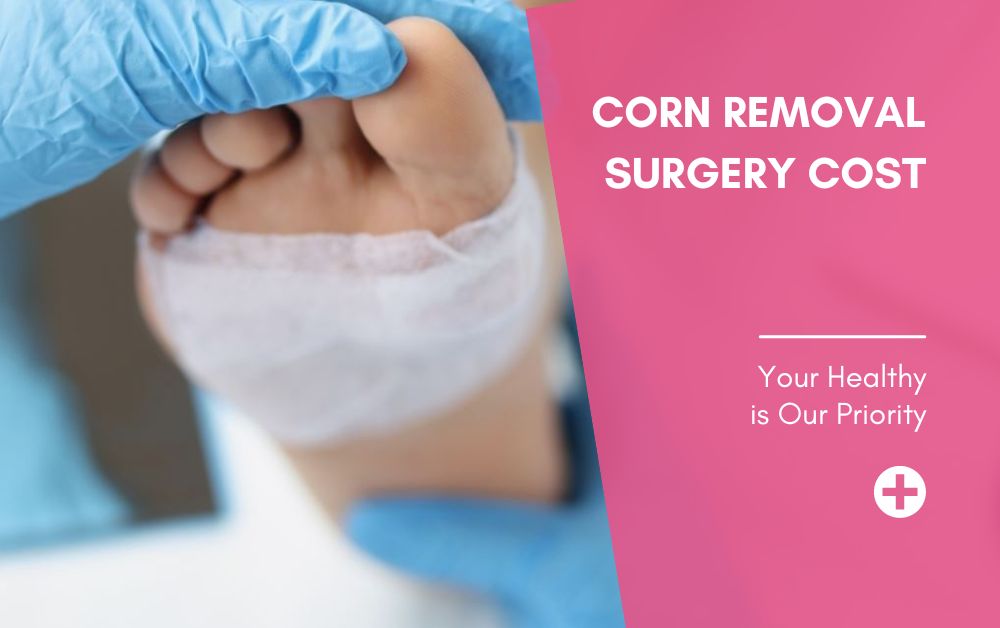
How Much Does Corn Removal Surgery Cost in Miami?
Corn removal surgery typically costs between $1000 and $1500 or more, depending on several factors, including:
Complexity of the case: The size and depth of the corn can impact the complexity of the surgery, which can affect the cost.
Surgical approach: Different surgical approaches, such as laser treatment or traditional surgical methods, can affect the cost.
Expertise and experience of the doctor: Surgeons with more experience and skill in this area may charge more for their services, but they may also be more capable of providing effective and efficient treatment.
Accompanying medical conditions: Patients with certain medical conditions, such as diabetes, may require more specialized care during the surgery, which can impact the cost.
Costs After Corn Removal Surgery
In addition to the surgery itself, there may be additional costs associated with the procedure, including:
- Medical supplies and equipment: Depending on the surgical approach used by the doctor, there may be additional costs for medical supplies and equipment.
- Medications: Patients may need to take medications to help manage pain or prevent infection after the surgery, which can add to the overall cost.
- Follow-up appointments: Patients may need to schedule follow-up appointments to monitor the healing process, which can also add to the overall cost.
- Mobility aids: In some cases, patients may need to use crutches or other mobility aids if the corn was located on the bottom of the foot. This can add additional costs.
It’s important to understand all the potential costs associated with corn removal surgery before making a decision. Be sure to consult with a qualified doctor and review your insurance plan to get a better idea of what to expect regarding the cost of corn removal surgery.
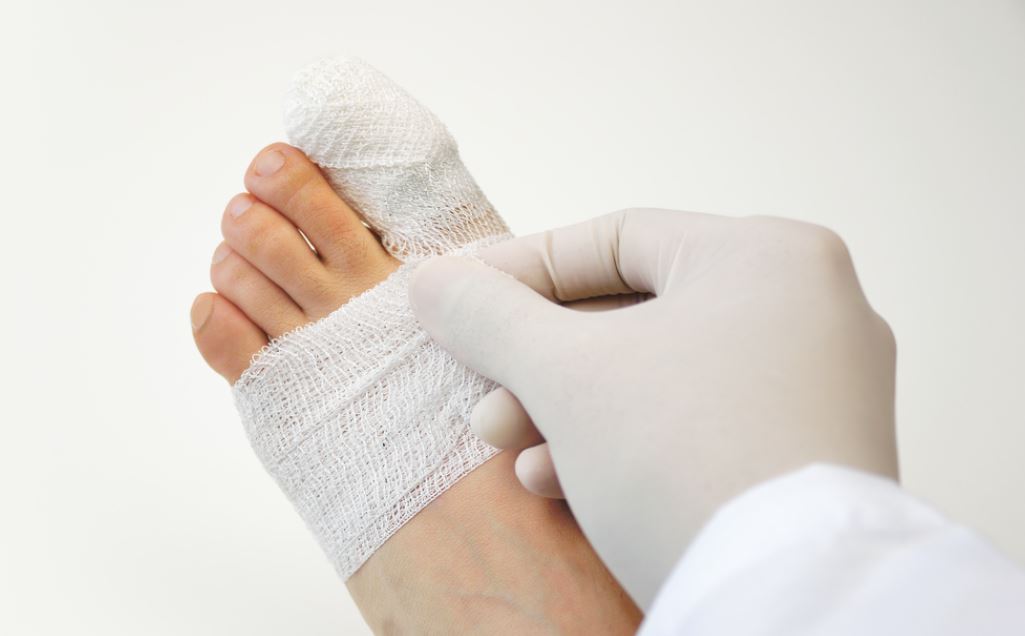
Corn Removal Surgery Recovery: Tips, Timeframe, and Costs
Corn removal surgery is a relatively simple and quick procedure that can relieve the discomfort caused by corns. However, it’s important to understand what to expect during the recovery process to ensure a speedy and successful recovery. In this guide, we’ll share some tips for corn removal surgery recovery, the expected timeframe for recovery, and the costs associated with post-surgery care.
Tips for Corn Removal Surgery Recovery:
- Keep the surgical area clean and dry
- Avoid soaking the foot in water for at least 2 weeks after surgery
- Wear comfortable, supportive shoes
- Follow the surgeon’s instructions for dressing changes
- Avoid strenuous physical activity for at least a few weeks after surgery
- Elevate the foot when possible to reduce swelling
- Take pain medication as directed
Timeframe for Recovery
The recovery time for corn removal surgery varies depending on the extent of the surgery and the patient’s overall health. In general, most patients can expect to return to normal activities within 1-2 weeks after surgery. However, it can take up to 6 weeks for the surgical area to fully heal. During this time, patients should continue to follow their doctor’s instructions and avoid putting excessive pressure on the foot.
Costs of Recovery
The costs of recovery after corn removal surgery can vary depending on the individual’s circumstances. In general, patients should budget for the following expenses:
- Prescription medication to manage pain and prevent infection
- Medical supplies, such as dressings and bandages
- Follow-up appointments with the doctor or podiatrist
- Special shoes or inserts, if recommended by the doctor
- Time off work, if necessary
It’s important to check with your insurance provider to determine what portion of the costs will be covered under your plan.
With proper care and attention, most patients can expect to make a full recovery after corn removal surgery. By following the tips outlined above and being mindful of the recovery timeframe and associated costs, patients can ensure a successful and speedy recovery.
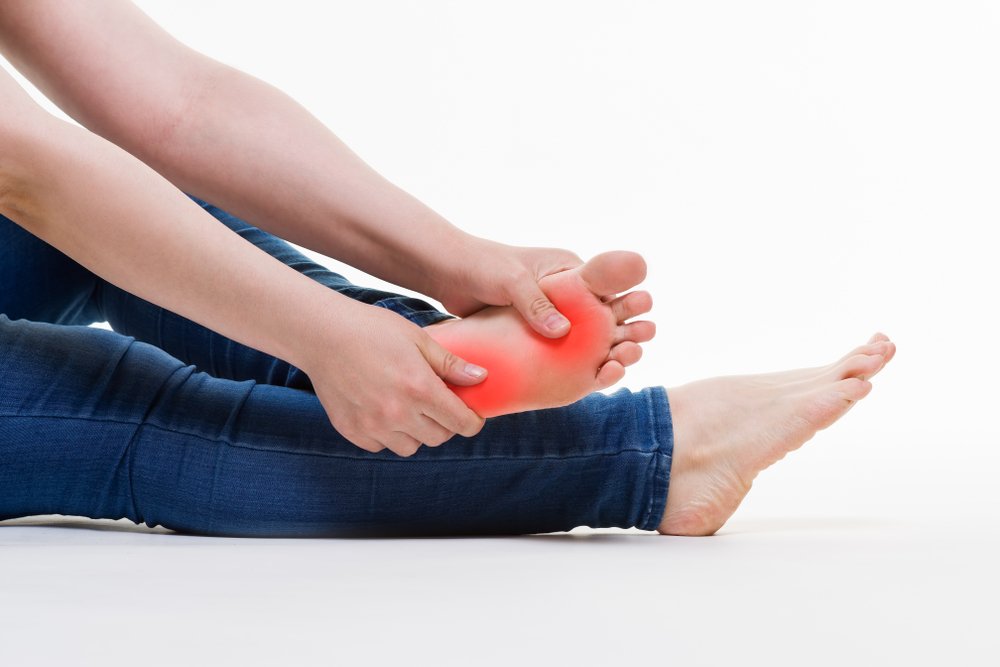
What Are the Symptoms of Corns?
The main symptom of corns is pain, although the intensity can vary from person to person. Here are some additional symptoms of corns:
Tenderness: The area around the corn may be tender to the touch.
Rough and thickened skin: Corns can cause the skin to appear rough and thick, and there is often a raised, hardened bump.
Dry or waxy skin: The skin around the corn may appear dry or waxy.
Redness: The surrounding area of the corn can look irritated or inflamed, and there might be some redness.
What Causes Corns?
Corns can be caused by several factors, including:
Ill-fitting shoes: Wearing uncomfortable or ill-fitting shoes is one of the main causes of corns. High heels are a contributing factor, but shoes that are too tight or too loose can also lead to the formation of corns.
Walking barefoot: Walking barefoot, especially on hard surfaces, can increase the risk of developing corns.
Lack of socks: Skipping socks when wearing shoes can increase friction on the skin and lead to corn formation.
Genetics: In some cases, people inherit a tendency to form corns, so genetics should also be taken into account when considering the causes of this condition.
It’s important to address the underlying causes of corns to prevent them from recurring. Proper-fitting shoes, socks, and avoiding walking barefoot can help reduce the risk of corn formation. If you have a genetic predisposition to corns, it’s especially important to take preventative measures to avoid discomfort and pain.
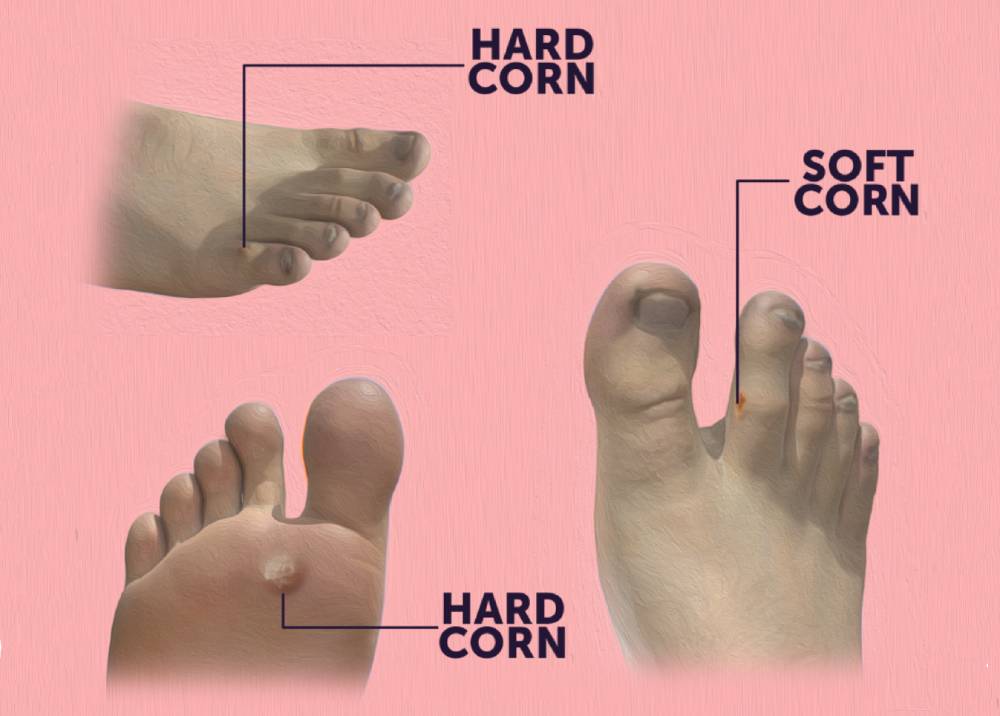
What Types of Corns Are There?
While all corns are essentially developed the same way and consist of the same type of tissue, there are two types of corns depending on their location and symptoms.
Hard Corns Hard corns are the most common type of corn and are formed on the top of the toes or on the outer edge of the pinky toe, where the bone is pressured against the skin. They are small and dense, with a solid core, and are often painful. Sometimes, they might even cause open wounds that can get infected.
Soft Corns Soft corns are less common than hard corns and are typically found between the toes, most commonly between the fourth and fifth toes. They are considered to be among the most painful foot conditions and can also lead to open wounds and infections. Soft corns have a softer, more rubbery texture compared to hard corns. They develop due to moisture between the toes, which can cause skin maceration, and the constant pressure and rubbing against each other.
In addition to hard and soft corns, there is another type of corn that can appear on the bottom of the feet, known as seed corns. Seed corns are small, circular corns that can be painful when pressure is applied, and can often appear in clusters.
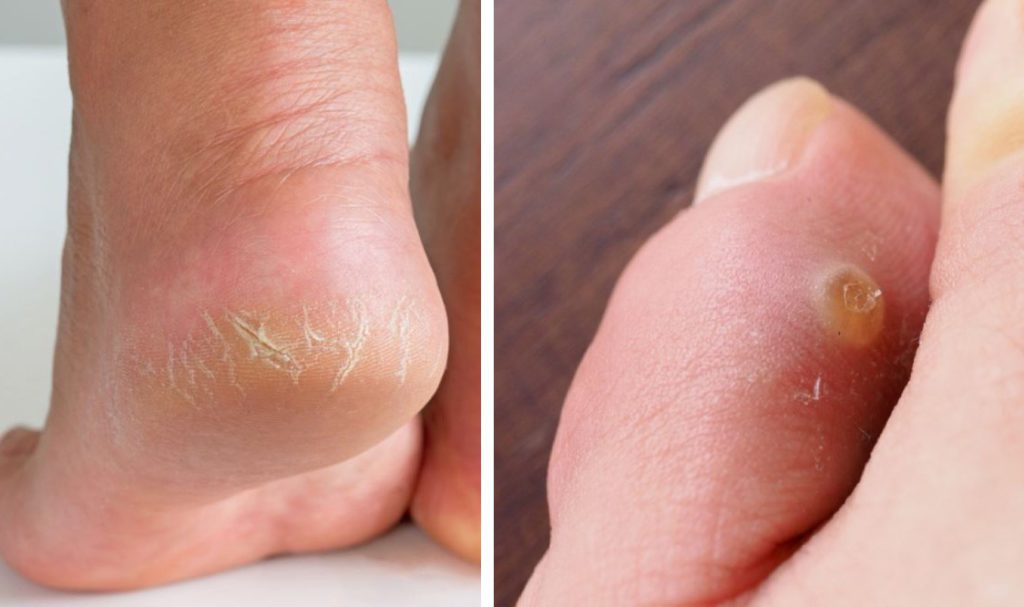
Feet Corns vs Calluses: Understanding the Differences
Corns and calluses are both sections of hardened skin, but they have some slight differences. They aren’t considered the same disorder mostly because of their different locations and appearances.
Location Calluses develop on weight-bearing parts of the feet, such as balls of the feet or heels. They can also develop on the palms and knees. Corns, on the other hand, can appear on any part of the foot where there is friction or pressure.
Appearance Calluses are usually larger than corns and appear flatter and wider. They have a more uniform thickness and a well-defined border. In contrast, corns have a small, dense center and are surrounded by inflamed skin.
Pain Another significant difference is the level of pain a person experiences with these conditions. Corns are often more painful than calluses due to their small size and dense center. Calluses, on the other hand, are usually less painful than corns, but they can still pose a medical problem due to pain or inflammation.
While both corns and calluses are typically harmless, they can be a sign of an underlying foot problem. It’s essential to address the underlying causes of corns and calluses to prevent them from recurring. Proper-fitting shoes, orthotic devices, and moisturizing creams can help reduce the risk of these conditions. If you experience any discomfort or pain related to corns or calluses, it’s important to consult a qualified doctor to determine the best course of treatment.
Table Comparison: Corns vs Calluses
| Feature | Corns | Calluses |
|---|---|---|
| Location | Anywhere there is friction or pressure | Weight-bearing parts of the feet, palms, and knees |
| Appearance | Small, dense center, surrounded by inflamed skin | Larger, flatter, and wider with a uniform thickness and well-defined border |
| Pain | Often more painful due to their small size and dense center | Usually less painful than corns, but can still cause discomfort and inflammation |
| Causes | Tight shoes, improper footwear, foot abnormalities, and certain physical activities | Pressure or friction from repetitive movements or activities, such as running or playing musical instruments |
| Treatment | Properly fitting shoes, padding, and corn removal surgery for severe cases | Wearing comfortable shoes, use of orthotics, pumice stone, and medicated creams |
| Prevention | Wearing properly fitting shoes, padding, and avoiding repetitive movements or activities that cause friction | Wearing comfortable shoes with proper cushioning, using orthotics, moisturizing the feet, and avoiding repetitive movements or activities that cause friction |
| Complications | Infection, open wounds, and recurrence | Infection, ulceration, and recurrence |
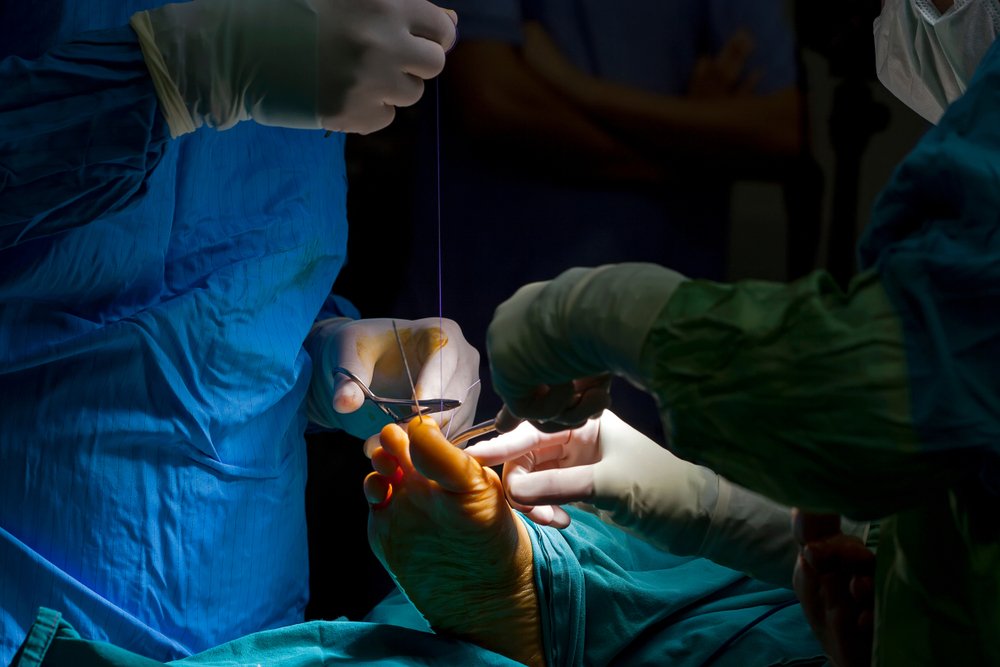
Is Corn Removal Surgery Painful?
While every individual’s experience with corn removal surgery can vary, the procedure itself is usually not painful due to the use of local anesthesia. This means that you should not feel any pain or discomfort during the surgery.
Pain after Corn Removal Surgery
After the procedure, some soreness, swelling, and discomfort around the area of the incision are common. However, these symptoms are usually manageable with over-the-counter pain medication and should subside within a few days. It’s important to follow the post-surgery instructions provided by the doctor to ensure a smooth and comfortable recovery.
In rare cases, complications can occur, such as infection, bleeding, or nerve damage, which can lead to increased pain or discomfort. If you have concerns about pain or discomfort related to corn removal surgery, it’s best to consult a qualified doctor to address your specific situation. They can provide you with more information and guidance on what to expect during and after the procedure.
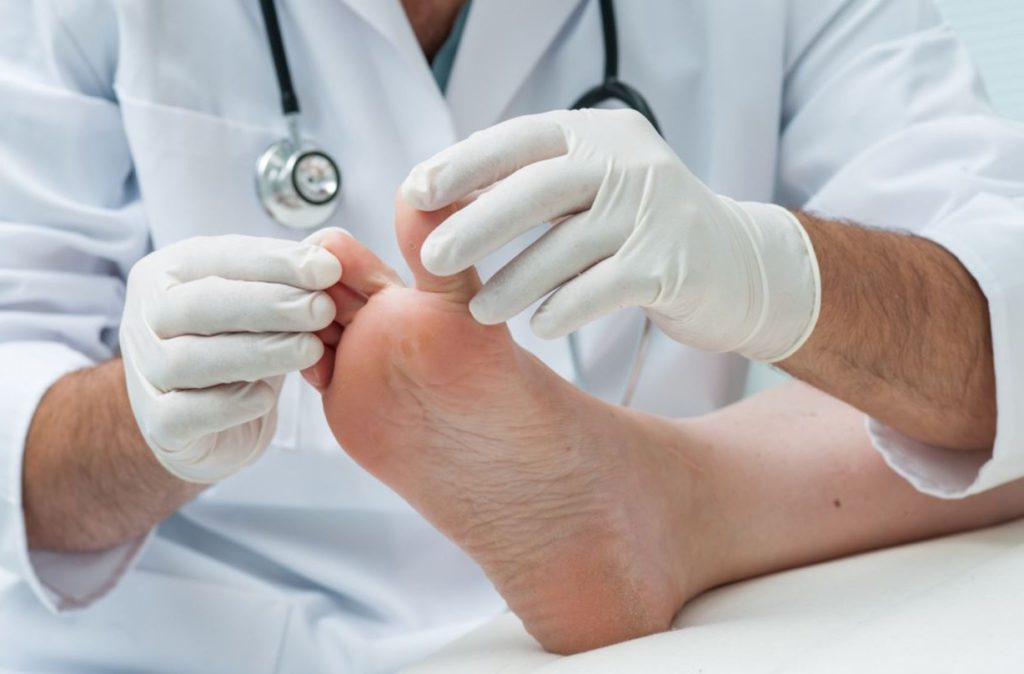
Who Is a Good Corn Removal Candidate?
A good candidate for corn removal surgery is anyone who is experiencing discomfort or pain due to corns. Corn removal surgery is a straightforward procedure that can be performed by our specialists under local anesthesia.
In particular, patients with circulatory issues or diabetes are good candidates for corn removal surgery. Corns can be a risk factor for complications in these cases, and removing them can help prevent further medical issues. Our specialists may even recommend corn removal surgery for patients with these conditions as a preventative measure.
However, not everyone is a suitable candidate for corn removal surgery. Individuals with certain medical conditions, such as bleeding disorders or an allergy to local anesthesia, may not be good candidates for the procedure. It’s important to discuss your medical history and any concerns with our specialists before deciding to undergo corn removal surgery.
Ultimately, a consultation with our qualified podiatrists can help determine if corn removal surgery is the right choice for you. Our specialists can provide you with more information about the procedure and help you decide if it’s the best option for your specific situation.
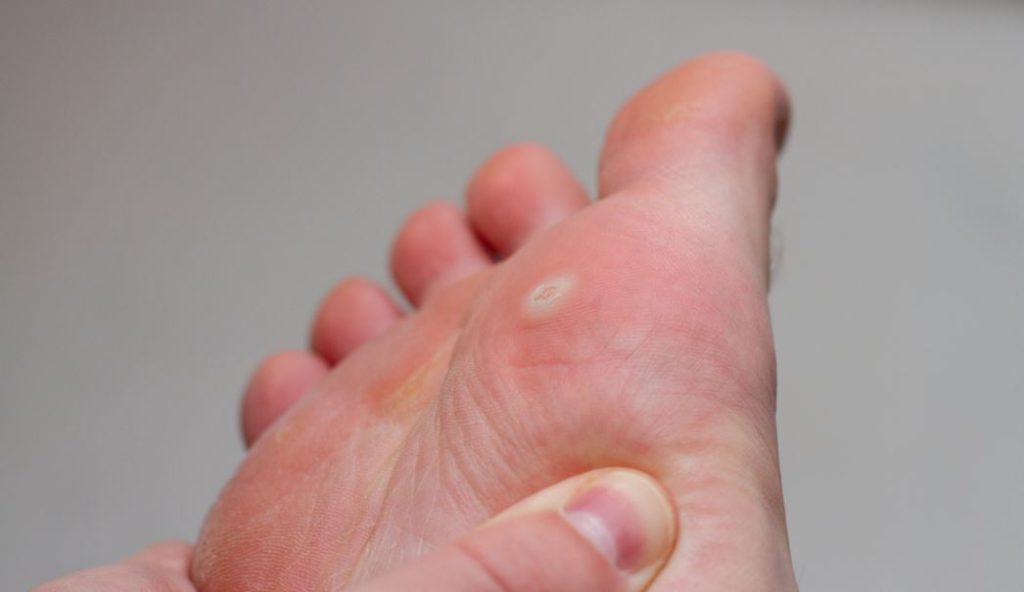
Plantar Warts vs. Corns: What's the Difference?
Plantar warts and corns are common foot conditions that can cause discomfort and pain. To help differentiate between the two, we’ve created a table comparing their key characteristics.
| Plantar Warts | Corns |
|---|---|
| Caused by a viral infection | Caused by pressure or friction |
| Small, rough, and grainy growths on the soles of the feet | Thickened areas of skin with a hard, thick center |
| May have black dots or specks in the center | Do not have black dots or specks in the center |
| Often painful and can cause discomfort when walking or standing | Can be painful and cause tenderness or swelling in the affected area |
If you are experiencing pain or discomfort in your feet, it’s important to consult with our qualified podiatrists. They can help diagnose the condition and provide appropriate treatment to alleviate your symptoms. At our clinic, we offer a range of treatment options for plantar warts and corns, including non-invasive procedures and surgical interventions when necessary.
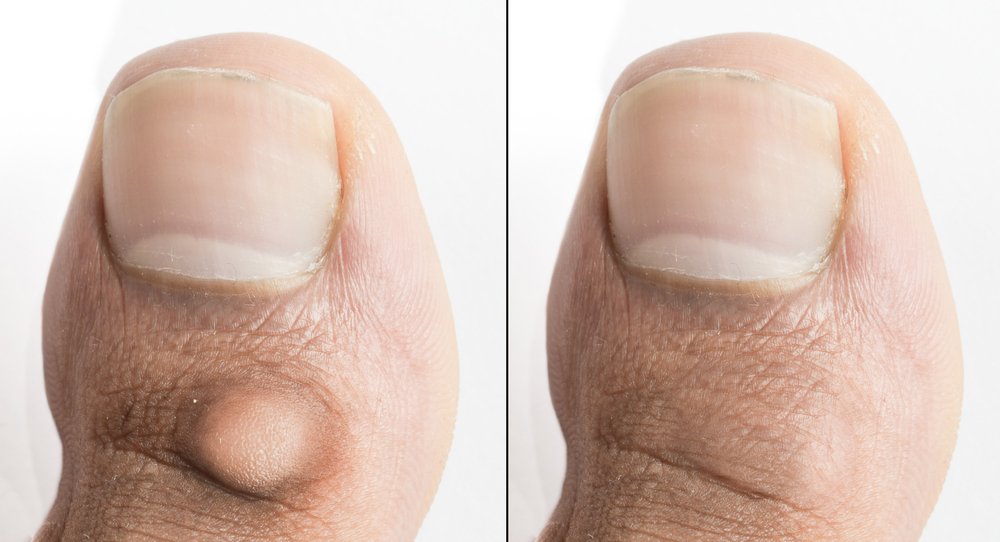
Have a Consultation With Your Surgeon in Miami Before the Operation
Before you decide to take this step and book the surgery at our Luxe Foot Surgery clinic, you should come in for a consultation. Our team will be happy to talk to you and explain all the benefits and risks of corn removal surgery, as well as the recovery after the procedure. Dr. Lopez DPM is extremely professional, skilled, and experienced in his field. Choosing us to help with your condition is a decision you won’t regret.
After the consultation, you will know more about the corns and types of treatments available, and your doctor will determine which approach will work best for you personally. Open communication with patients is the key to quality medical practice, and we take pride in knowing our doctor is open with their patients, address their every concern, and is always kind and reassuring.
If you want your surgery in Miami, you can contact us in our office from Monday to Friday, from 9 AM to 6 PM, and 9 AM to 5 PM on Friday, or you can fill out an inquiry form for a consultation. We’re looking forward to having you as a patient, and we know you will be satisfied with the level of care and professionalism Luxe Foot Surgery clinic will provide for you.
Frequently asked questions
Corn is a common change on the skin of the feet that may or may not cause issues to the person who has it. It is basically a hardened, thickened layer of skin that forms on the parts of the feet that don’t bear any weight but are exposed to friction or pressure.
It usually takes anywhere from six weeks to three months to fully heal after corn removal surgery. Your surgeon will recommend keeping the foot dry (using a shower bag) until the incision on your foot heals. Keeping the foot elevated as much as possible and putting ice on it in the first week after the surgery is also necessary for recovery and will help speed it up.
No, corn removal surgeries are not painful. The procedure is pretty standard and straightforward, and it’s performed under local anesthesia, so the patient doesn’t feel anything. However, you might experience some unpleasant sensations after the surgery when the anesthesia wears off – tingling, numbness, burning sensations, numbness, aching, and throbbing. All of these can easily be solved with over-the-counter pain medications.
You might experience some discomfort after the procedure, but it will heal pretty quickly. You can walk, but it’s essential that you wear a special post-operative shoe in the first two weeks following the surgery. However, most patients wear it for three to four weeks. It will take you six weeks to three months to fully recover from this procedure.
This depends on the type of work you do. If it doesn’t require standing or walking for extended periods of time, you might not need to take time off work at all. However, if your work requires physical activity, keep in mind that it will take you a few weeks to heal fully.
For patients with diabetes and circulatory issues, the right time for corn removal is as soon as it is diagnosed. For healthy individuals, the proper moment for surgery depends on your podiatrist’s opinion (there might be some other treatments that can help in your case), but you can decide to undergo this procedure anytime. There aren’t any strict requirements – if you’re not happy with the way your feet look or you’re experiencing pain and discomfort, don’t put off scheduling an appointment with your doctor.
Latest Articles

Understanding the Costs of Laser Corn Removal
Alleviating discomfort and nagging pain caused by corns on the patient’s feet has never been easier to do. Removing painful
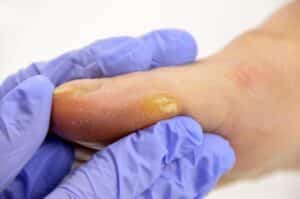
Laser Deep Corn Removal: What You Need to Know
Deep corns develop on the joint areas on feet where the most pressure is exerted while walking and running. Traditional
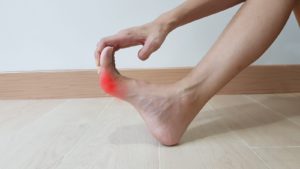
Difference Between a Bunion and a Corn
It’s not uncommon for people to confuse bunions and corns – even though these two conditions have quite different etiology,
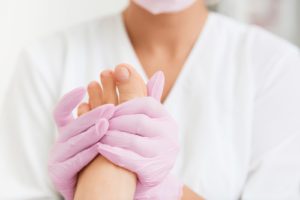
Are a Corn and a Bunion the Same Thing?
Cons and bunions are among the most common podiatric conditions. But do you know what they are exactly – are
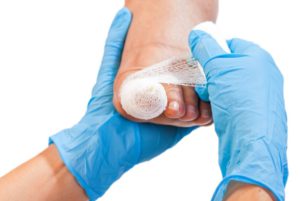
Toe Plastic Surgery Cost: What You Need to Know Before Making a Decision
These average costs are based on general data and may vary depending on factors such as geographic location, surgeon’s fees,

Corn Surgery Recovery – Ensure a Smooth Healing Process
Those with stubborn and painful corn problems often choose to undergo a corn removal surgery to help them get rid
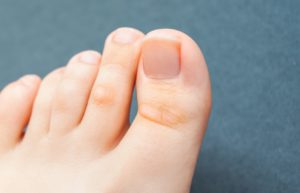
Toe Corn Removal Surgery Cost
The cost of corn removal surgery can vary depending on several factors, including the location, the complexity of the procedure,
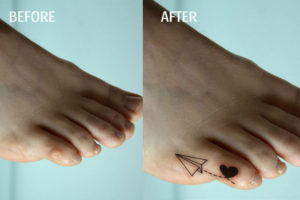
Toe tattoos to cover corns!
Toe tattoos provide a fashionable way to conceal corns while adding a touch of personal flair. In this article, we’ll
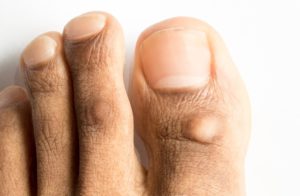
Corn Removal Surgery Cost in NYC
The cost of corn removal surgery in New York City can vary depending on several factors, including the complexity of
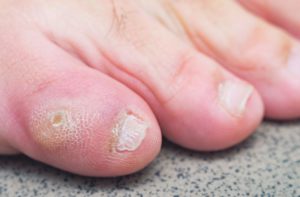
How Does a Podiatrist Remove a Corn?
Corn is one of the conditions that podiatrists see almost every day – it’s so common that most people have
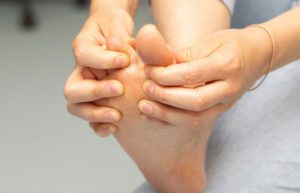
How to Remove Soft Corns?
Corns form when there is friction or pressure over a bony area on your foot. Generally, the areas that are
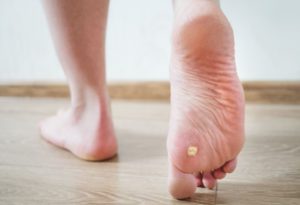
How to Remove Seed Corns on Bottom of Feet?
Thickened skin that develops on toes and feet as a result of repeated friction or pressure is referred to as